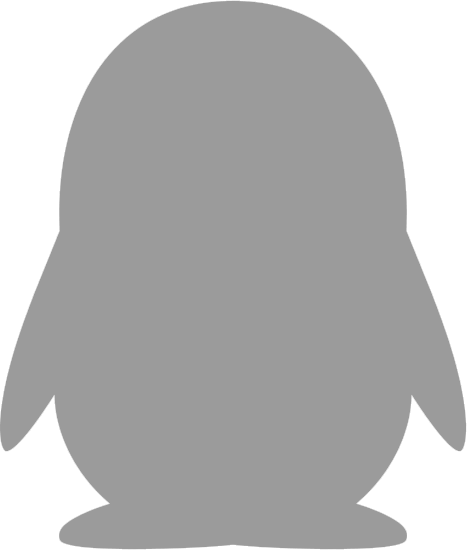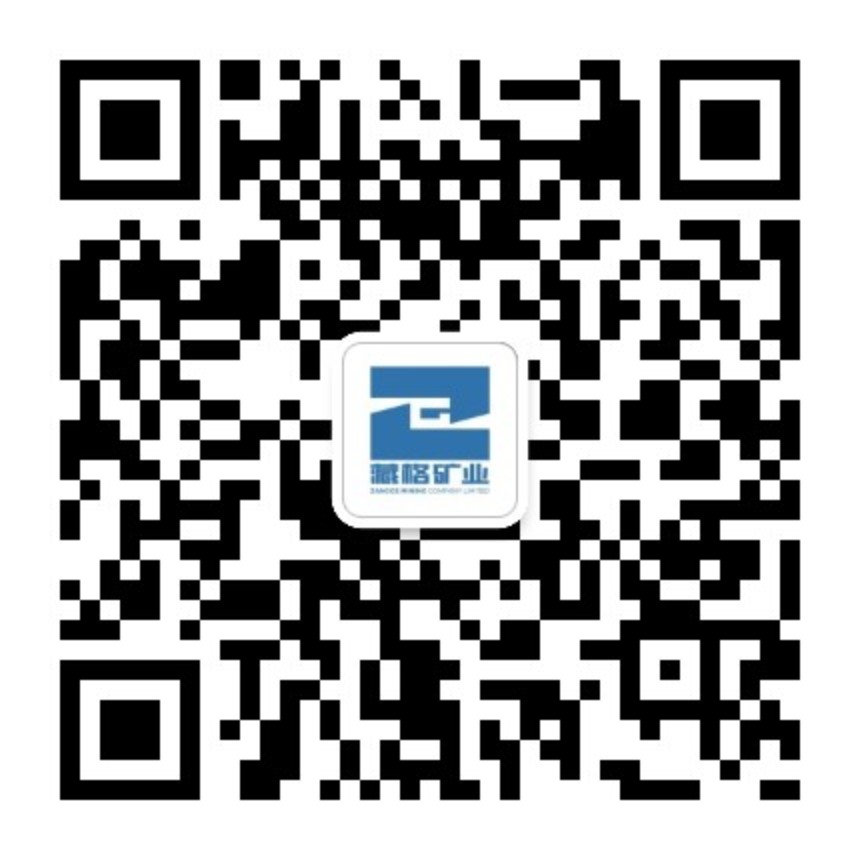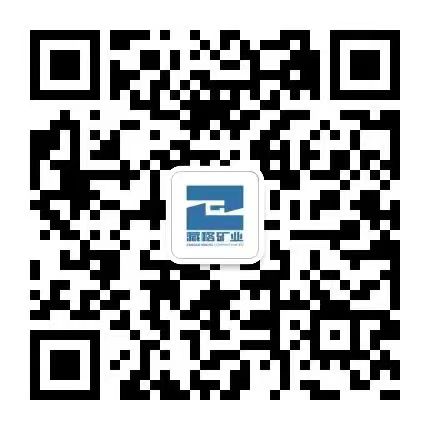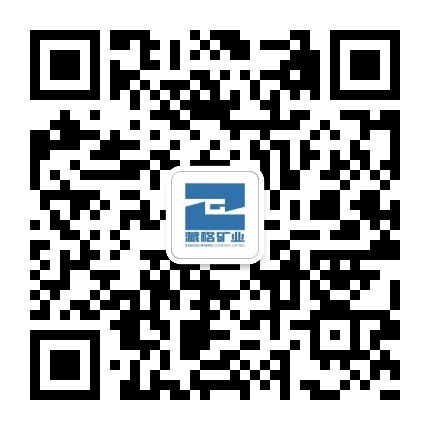2025-08-13
Three Months After Zijin Took Control, Zangge Mining Sparks an Efficiency Revolution
Source: 21st Century Business Herald, August 5. The content is for informational purposes only and does not constitute investment advice. Investors act at their own risk; official company announcements prevail.
A mining acquisition worth 13.7 billion RMB has stirred waves of transformation across the Chaka Salt Lake in Qinghai.
In mid-July, Zangge Mining, for the first time under Zijin Mining’s controlling ownership, co-hosted the 2025 World Potash & Potash Fertilizer Conference and Golmud Salt Lake Forum. Chairman Wu Jianhui made a public appearance and delivered the keynote speech. Wu joined Zijin Mining in 1997 and currently serves as Executive Director, Vice President, and Chief Engineer of Zijin Mining, as well as Chairman of Tibet Julong Copper Co., Ltd. Just three months ago, Zijin Mining gained controlling interest in Zangge Mining through a wholly-owned subsidiary. This company, holding 724.35 km² of mining rights at Chaka Salt Lake and rich resource reserves in Tibet and Laos, officially joined the Zijin strategic portfolio.
Management Philosophy in Every Meal
Only three months after the acquisition, Zijin Mining has rapidly advanced reforms at Zangge Mining, with tangible collaboration already underway. In early July, Zijin Chairman Chen Jinghe visited Xining, Golmud, and multiple locations in Tibet for in-depth research, inspecting the operations of Zangge Potash and Zangge Lithium. Chen emphasized:
“We must leverage this restructuring opportunity to upgrade organizational management, but avoid simply copying the Zijin model. Zangge evolved from a private enterprise and has its own advantages. We need to explore a development model suited to its characteristics.”
This statement reflects Zijin’s empowerment philosophy: introduce advanced management systems while preserving the company’s inherent innovation and vitality.
At the Chaka Salt Lake potash production base, around 11 a.m., the aroma of braised meat filled the canteen. Following the acquisition, Zijin’s first move was to boost employee morale and improve welfare. Only when employees are well-fed and comfortable can they be motivated and productive. Zangge Potash has already increased meal allowances, with further adjustments planned. Dormitories have been upgraded, shuttle buses now run daily to Golmud city, and overall living conditions have improved. By focusing on employees’ concrete concerns, the company has achieved “small investment, big recognition”, ultimately enhancing production efficiency.
On corporate governance, after the change in control, Zangge Mining quickly launched governance reforms. For example, the supervisory board was abolished, with oversight integrated into the Board’s Audit & Supervision Committee. A non-independent director with supervisory responsibility serves as chair, while an independent director with a financial background serves as co-chair. Leveraging Zijin’s experience, a four-in-one oversight system—comprising supervision, audit, discipline inspection, and internal control—was established. Layered authorization was given to the executive and investment committees and the CEO, with a clear list of approval rights and streamlined headquarters functions. The result: a transparent, accountable, and efficient governance framework.
“Corporate governance is now more standardized and emphasizes cost reduction and efficiency improvement,” said Li Guangjun, Deputy Director of Zangge Potash Production. “The company is undergoing a comprehensive efficiency revolution. Work is busier than before, but we feel more confident and capable.”
Li, who has worked at Chaka Salt Lake for nearly 30 years, witnessed the transformation from chaotic small-scale operations to organized, large-scale development. Zangge consolidated over 10 small potash factories and independently developed solid-to-liquid conversion technology, making it China’s second-largest potash producer.
With Zijin’s control, emphasis is placed on cost efficiency and talent development. Monthly cost analyses are now routine. In potash production, dissolving raw sylvite is critical; temperature and solvent factors affect solubility, akin to making dough for steamed buns—errors waste resources. Previously, slurry concentration measurements were manual and prone to errors. To improve quality and efficiency, Zangge introduced intelligent equipment, using DCS systems for real-time data collection, analysis, and automated monitoring. Combining experience with new technology represents the future of salt lake development.
Smart Upgrades Protect the Salt Lake’s Lifeline
Standing on the embankments of Chaka Salt Lake, clusters of hardened sylvite rise from the lake. Formed tens of thousands of years ago, these salt lakes offer only a century of human exploitation. Over millions of years, geological activity and extreme arid conditions led to water evaporation and salt accumulation, producing lakes rich in minerals that sustain agriculture and industry.
Chaka Salt Lake’s potash has long supported China’s food security, while scarce lithium prompted Zangge to use waste brine from potash production to independently develop a “one-step ultra-low lithium brine to battery-grade lithium carbonate” process. This enabled extraction from low-concentration lithium brine, supporting China’s new energy industry and energy security.
Balancing economic development and ecological protection is challenging. Qinghai’s salt lakes are rich but ecologically fragile, making environmental protection a priority.
Zangge Lithium engineers proudly report standardized, digitized, and intelligent lithium extraction processes. The company overcame challenges in ultra-low grade, high-impurity brine, achieving the first efficient one-step production of battery-grade lithium carbonate. Using continuous mobile bed technology, the process is fully digitally controlled, providing a global benchmark for low-grade brine lithium extraction.
To build a world-class salt lake industry, Zangge has implemented automation upgrades across 20 series in five zones, optimized operation interfaces, and improved automation. Electrodialysis system upgrades include ORP detection and nanofiltration membrane improvements, reducing corrosion risks. Recovery rates now exceed 80–99%, depending on process stage.
For Zangge, development and protection go hand-in-hand. Investments include ecological restoration, green electric forklifts, treated brine recycling, and 100% water reuse, minimizing freshwater consumption. In the Mami Cuo Salt Lake project, 17,000 tons of boron by-products will be recovered, ensuring no usable resources are wasted. In Laos, ecological considerations were central in project planning, promoting green technology export.
Experts highlight that utilizing associated resources will drive the future of salt lake development. Globally, Israel leverages innovation for comprehensive use of potash, magnesium, bromine, sodium, and solar energy. China’s Qaidam Basin produces over 40 salt lake products, presenting vast opportunities for multi-resource synergy.
Chaka & Mami Cuo: A New Potash-Lithium Story
Zangge Mining’s future development vision is increasingly clear. Chen Jinghe outlined four reform directions:
Management innovation: Establish a concise, standardized, efficient operating system and strengthen institutional and cultural development.
Leverage core strengths: Address technical bottlenecks in the Laos potash project, enhance Tibet lithium resource integration, and advance the Mami Cuo project while exploring magnesium and other associated resource technologies.
Digitalization and refinement: As Zangge scales up, management upgrades are necessary. Information systems will be central, ensuring operations are standardized, transparent, and free from opacity.
Talent and market advantages: Expand the industry to train existing talent and support sustainable development.
Currently, the Laos project is tackling water and backfill technology challenges, while coordinating with the government for early commissioning. Research includes strip-room mining with cemented backfill, using tail salts and magnesium slurry to fill mined-out zones. This balances extraction and reduces ecological impact. Hydrogeological surveys and drilling support water management planning.
On July 15, Zangge Mining obtained the Mami Cuo Salt Lake lithium-boron mining license. Key technical staff have been deployed from Chaka to Tibet. Mami Cuo, in Ngari, Tibet, has 2.5 million tons of lithium chloride (≈2.18 million tons Li₂CO₃ equivalent). The brine is surface-accessible, reducing extraction and enrichment costs. Phase 1 (50,000 t/y Li₂CO₃) is scheduled for Q3, with a 9–12 month construction period. Phase 2 will scale up to 50–80,000 t/y after power reliability verification.
Domestically, Zangge operates a dual-core model with Chaka and Mami Cuo salt lakes, while the Laos potash project contributes future growth. Long-term planning includes 100,000 t/y at Mami Cuo, and via Zangqing Fund, a 21.09% stake in Guoneng Mining with 3.9 million t Li₂CO₃ and 28 million t KCl reserves, ranking among the world’s top lithium producers.
At the Potash & Fertilizer Conference, Wu Jianhui stated Zangge will leverage Zijin’s controlling advantage, focus on stable potash production and lithium breakthroughs, and drive technical innovation, green development, and empowerment, aiming to become a globally competitive mining group contributing to food and energy security and ecological sustainability.
Zijin’s control brings “state-level governance + private-sector dynamism”. The company benefits from Zijin’s asset scale, resource reserves, management efficiency, and global reach, accelerating the development of potash and lithium resources and unlocking economic value, moving Zangge closer to its goal of becoming a world-class mining group.
Under sunlight, Chaka’s brine sparkles like scattered gold, while transformations hidden in the details breathe new life into this ancient salt lake.















 Reporting Hotline:+86-028-89992276
Reporting Hotline:+86-028-89992276 Reporting Email:
Reporting Email: Mailing Address:Audit and Supervision Office, CAG Mining Co., Ltd., 19th Floor, Building 2, No. 1199 North Section of Tianfu Avenue, Chengdu High-tech Zone, China (Sichuan) Pilot Free Trade Zone, 610041
Mailing Address:Audit and Supervision Office, CAG Mining Co., Ltd., 19th Floor, Building 2, No. 1199 North Section of Tianfu Avenue, Chengdu High-tech Zone, China (Sichuan) Pilot Free Trade Zone, 610041